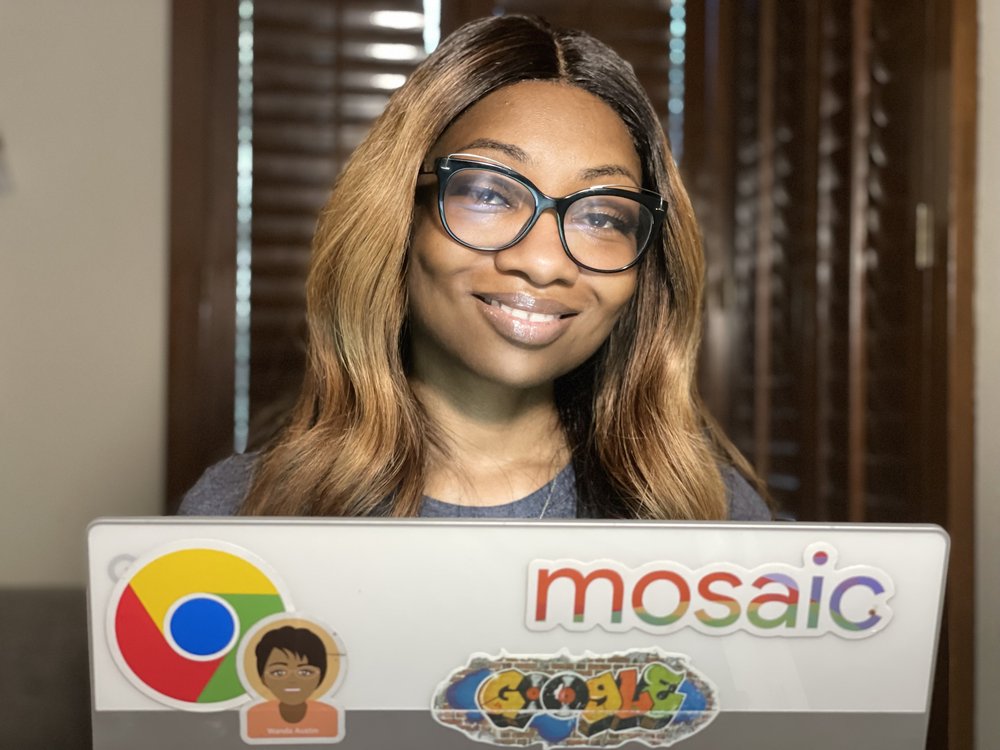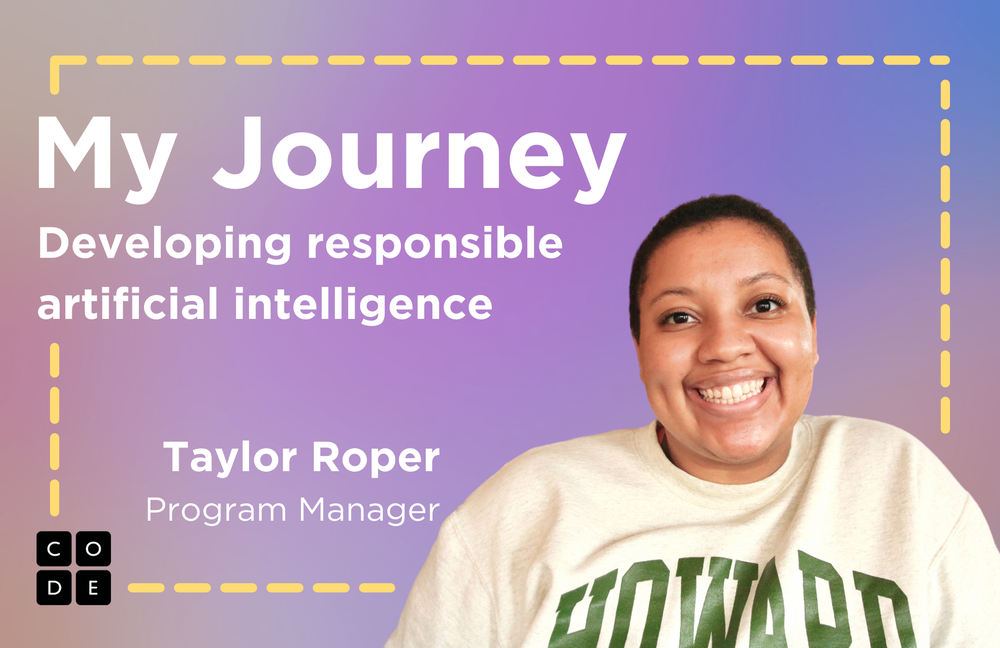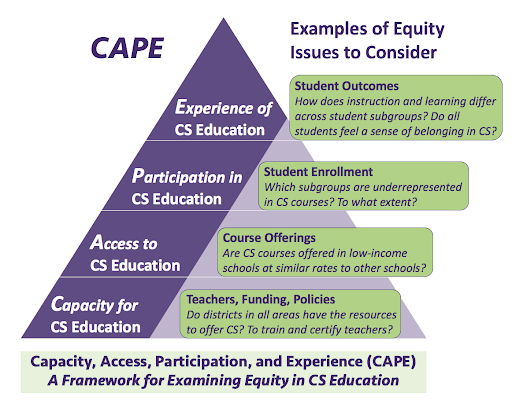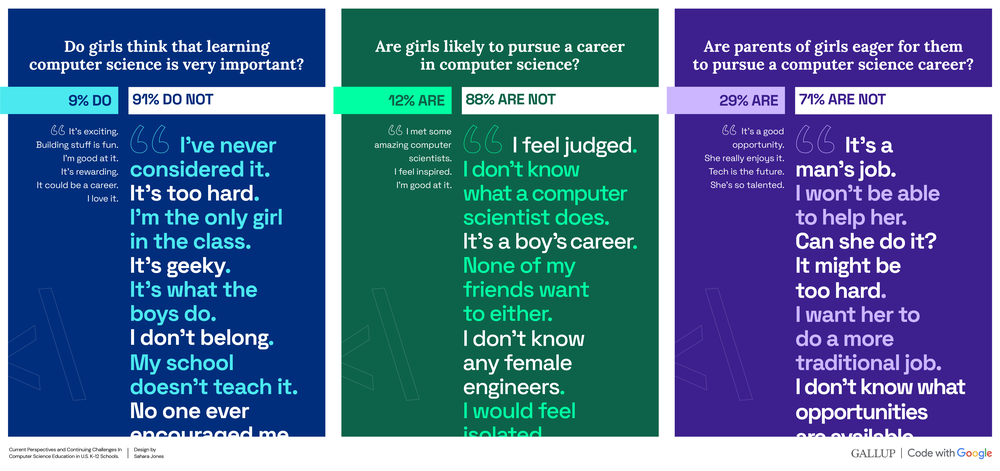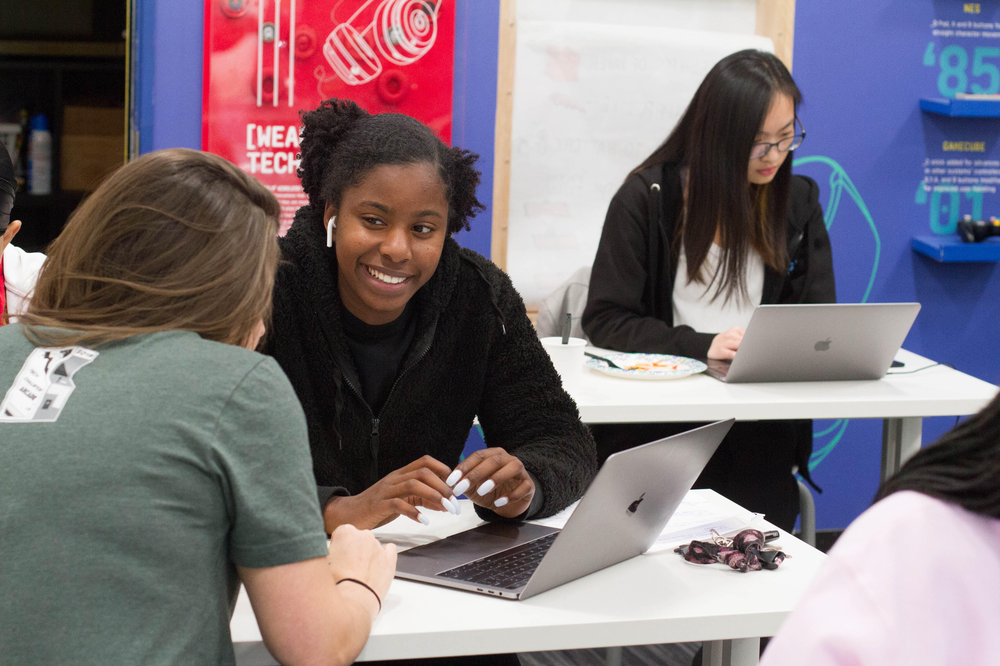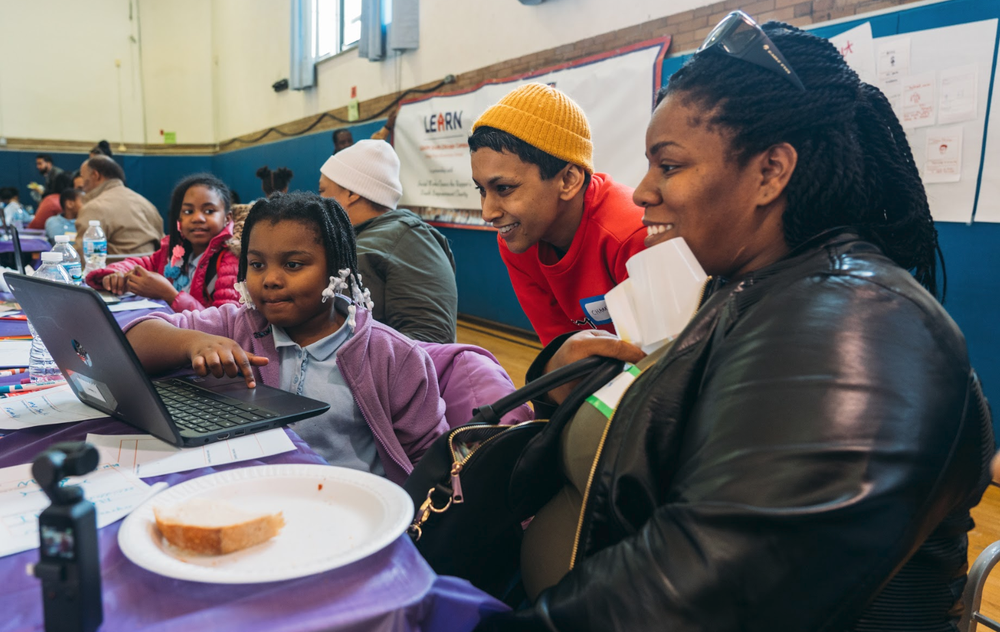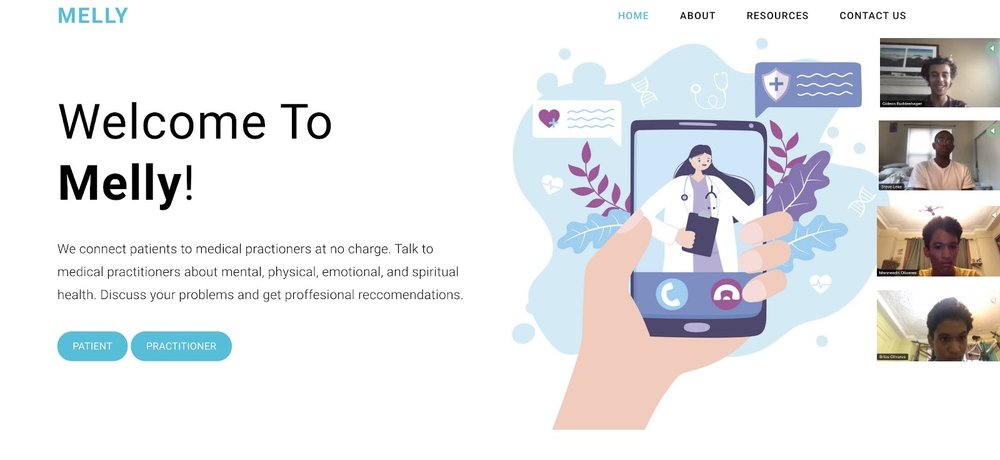Editor’s note:Google’s Computer Science Education Research (CS-ER) awardsprovide one year of funding for scientific research and pilot-stage ideas focused on improving CS learning and teaching. Today’s post is authored by Dr. Ain Grooms and Dr. Stefanie Marshall, whose research in science, technology, engineering and mathematics (STEM) education received a 2022 CS-ER award. Learn more about our other 2022 CS-ER award recipients.
On a cloudy day, we checked our inboxes to find a special invitation from Dr. Tamara Pearson, the director of Spelman College’s Center of Excellence for Minority Women in STEM.
Her note said she was partnering with Google to sponsor a three-day “Care and Create” retreat in Napa, California, for 10 Black women CS researchers. We eagerly packed our bags, excited to share space with other academics who were passionate about improving CS teaching and learning. The moment we arrived in Napa, we knew this retreat was special.
The Care and Create retreat did just as its name promised: It created a trusting, supportive and caring environment for Black women researchers. There was time for reflection — as a group and individually — about the space we take up and the space we give up as Black women in academia who study educational equity. And there was time for self-care, which sparked further conversations about how little quality time we routinely take for ourselves. In society and in our professional and personal lives, Black women are often positioned as caretakers or “othermothers.” But for three days in Napa, we finally had a small, intimate space to be seen and cared for as whole beings. The retreat allowed us to embrace, first, our value as Black women, while also honoring the value we bring to the research field.
We are thrilled that our research proposal, which was born out of this retreat, is the recipient of Google’s 2022-23 Computer Science Education Research (CS-ER) award. Our study will explore how states have created policy infrastructures to support equity-focused CS education. We hope our research findings will help create more access to CS learning opportunities, specifically for underserved youth across the U.S. We will conduct this research study over the next year alongside other CS-ER award recipients. As the first all-women CS-ER cohort, we are grateful to be in community with these researchers. Learn more about our work and our stories.
